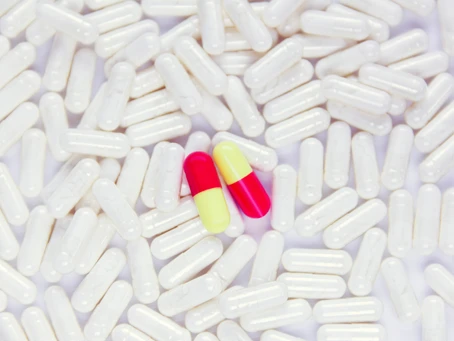Biosimilar drugs are “highly similar to” and have “no clinically meaningful differences” from existing FDA-approved biologics. Currently, there are 38 biosimilars on the market, giving patients safe, cost-effective alternatives to high-cost biologics.
Adoption of biosimilars in the United States has been slow. However, the recent release of an FDA-approved interchangeable biosimilar may give the therapeutic class the boost it needs.
Much like a generic drug can be substituted for a brand medication, interchangeable biosimilars are pre-approved for substitution at the pharmacy. Without the need for the prescribing physician to approve each interchangeable biosimilar, patients, pharmacists, physicians, and payors will have greater access to life-changing medication at a lower cost.
“Biologics will never be as cheap as generics because they are complicated to produce,” explains Dr. David Merritt, PharmD, RPh. “With that said, biosimilars will likely have lower pricing than their reference drug, which may reduce costs to plan sponsors and patients.”
Like standard biosimilars, interchangeable biosimilars have the exact clinical requirements as the reference medication. However, achieving the interchangeable tag requires additional clinical testing. Data from interchangeable biosimilars must show that patients can switch from brand to biosimilar without negative clinical outcomes.
Biosimilars typically carry a price tag 15-25% lower than brand-name drugs, which increases market competition leading to more availability of treatments for complex diseases. Interchangeable biosimilars give patients and payors, especially self-insured employers, more control over when substitutions are used.
Dr. Merritt concludes, “Employers may offer employees lower copays to encourage biosimilar use, resulting in lower plan spend. Plans can also engage with their PBMs to obtain rebates from biosimilar companies. Interchangeable biosimilars will be much easier to implement because they do not require provider education. Instead of requiring a physician to rewrite a script, the pharmacy can make the switch on site.”
Interchangeable biosimilars are poised to save plans and their members thousands at the pharmacy counter. As plan sponsors, PBMs, and other stakeholders move to include more of these drugs on plan formularies, market competition will increase, pharmacy costs will fall, and treatments will become more readily accessible to patients.
—
Crafting a benefits strategy that balances cost and clinical outcomes is complex. Prescription Care Management (PCM) does the work for you. To see how PCM is helping employees switch from high-cost to low-cost drugs with our Pharmacy Savings Program, click here.
Updated: September 27, 2022

